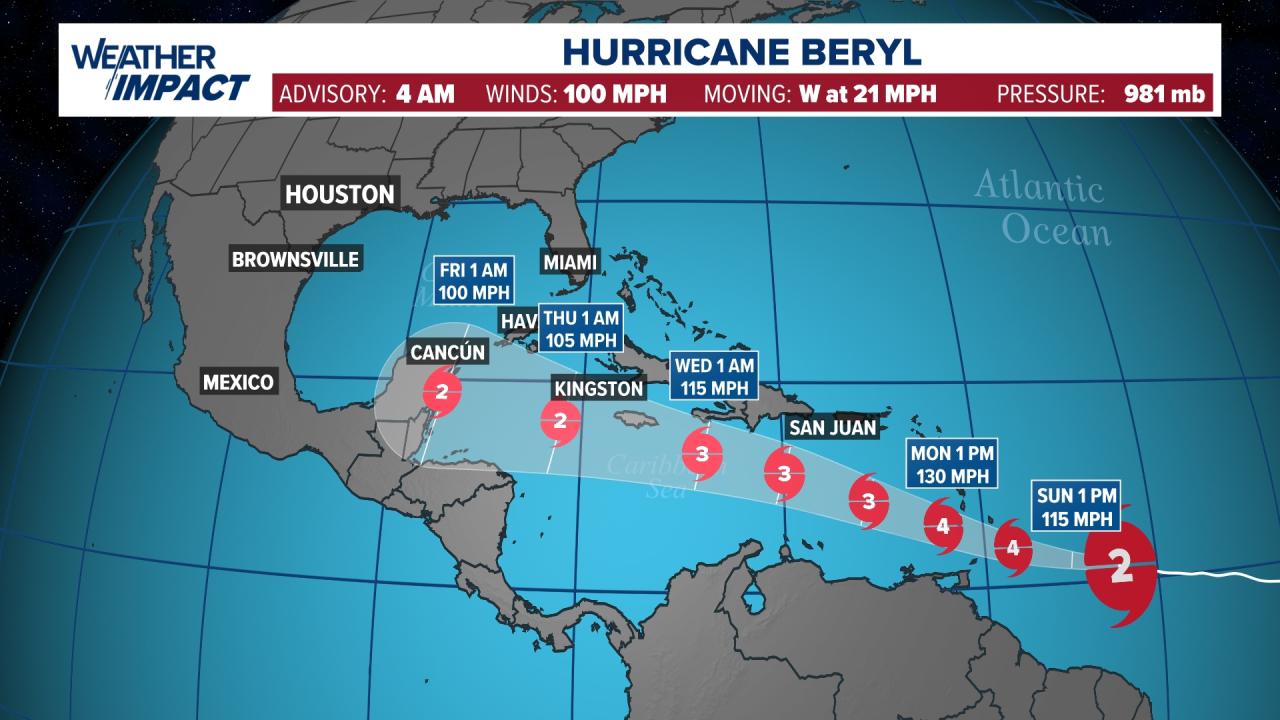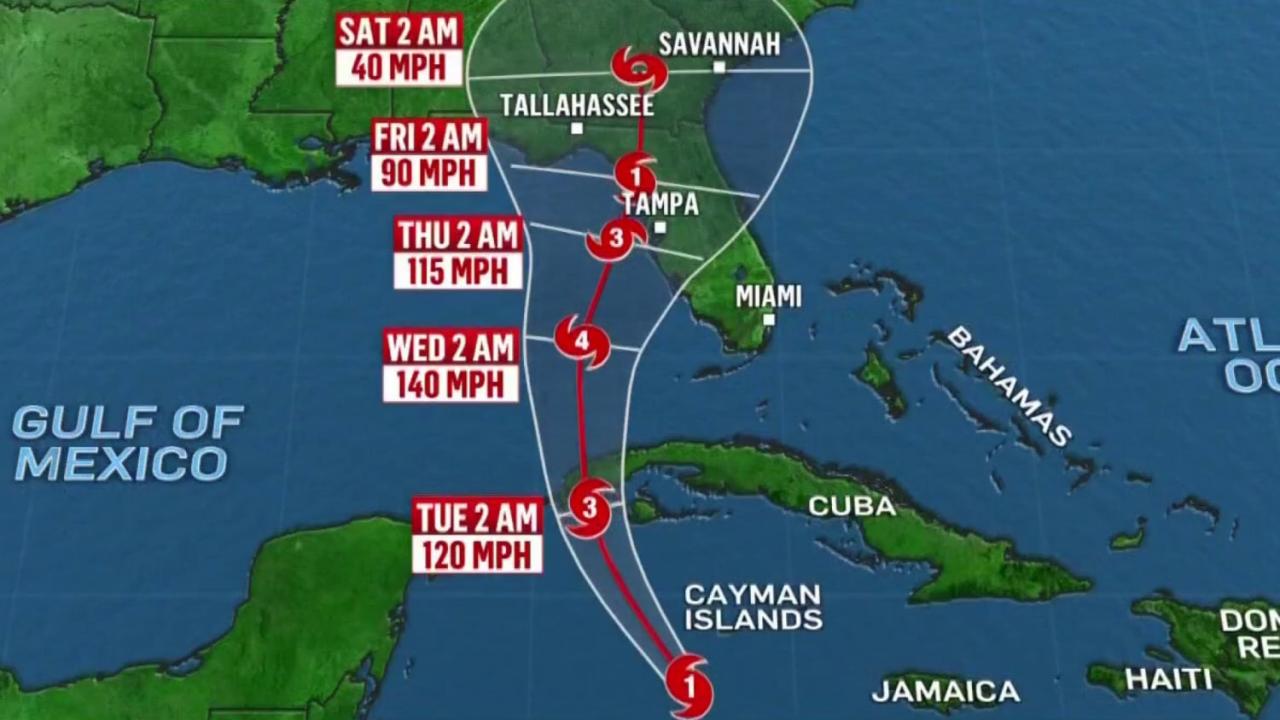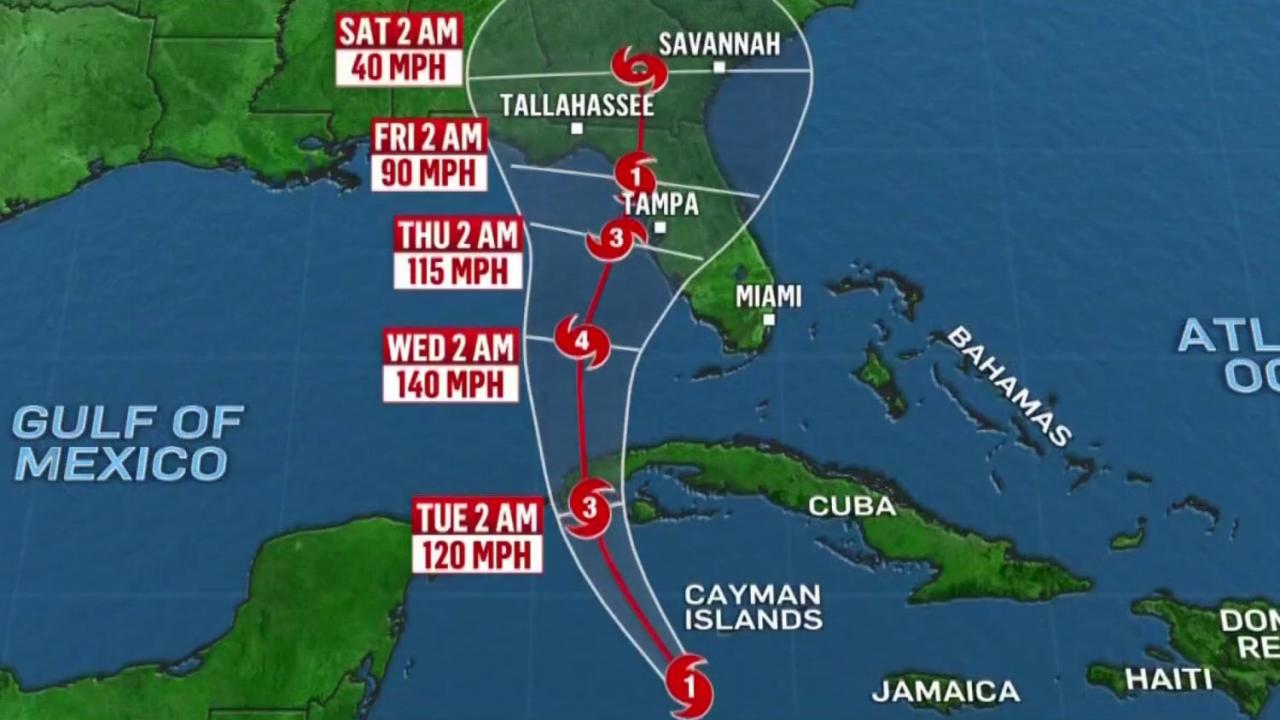Hurricane Tracker, a cutting-edge tool, revolutionizes hurricane forecasting and response, empowering us to navigate the complexities of these formidable storms.
Through the seamless integration of real-time data and interactive mapping, Hurricane Tracker provides an unparalleled understanding of hurricane behavior, enabling us to make informed decisions and mitigate their devastating impact.
Hurricane Tracking Technology
![]()
Hurricane tracking technology has advanced significantly over the years, leading to improved accuracy and timeliness in forecasting and predicting hurricanes. The primary methods used for hurricane tracking include:
- Aircraft Reconnaissance:Aircraft fly into hurricanes to collect data on wind speed, pressure, and temperature. This data is used to create detailed maps of the hurricane’s structure and intensity.
- Satellite Imagery:Satellites provide real-time images of hurricanes, which can be used to track their movement and development. Satellite data can also be used to estimate wind speeds and rainfall rates.
- Radar:Radar is used to track hurricanes as they approach land. Radar data can provide information on the hurricane’s size, shape, and intensity.
- Buoys:Buoys are deployed in the ocean to collect data on wind speed, wave height, and water temperature. This data can be used to track hurricanes and provide early warnings of coastal flooding.
Accuracy and Limitations of Tracking Methods
The accuracy of hurricane tracking methods varies depending on the type of data being collected and the conditions in which the data is collected. Aircraft reconnaissance is the most accurate method, but it is also the most dangerous. Satellite imagery can provide real-time data, but it can be difficult to interpret in certain conditions.
Radar is a good way to track hurricanes as they approach land, but it can be limited by the range of the radar system.
The limitations of hurricane tracking methods can lead to errors in forecasting and predicting hurricanes. These errors can have a significant impact on the safety of people and property. For example, if a hurricane is forecasted to make landfall in a particular area, but it actually makes landfall in a different area, this can lead to a loss of life and property.
Technology’s Impact on Hurricane Forecasting, Hurricane tracker
Technology has had a major impact on hurricane forecasting and prediction. The development of new tracking methods has led to more accurate and timely forecasts. This has allowed people to have more time to prepare for hurricanes and to evacuate if necessary.
In addition to improving forecasting accuracy, technology has also made it possible to predict hurricanes further in advance. This has given people more time to prepare for hurricanes and to take steps to reduce their risk of damage.
Real-Time Data and Mapping: Hurricane Tracker

Real-time data is crucial for tracking hurricanes and providing accurate forecasts. This data is collected through a variety of sources, including weather satellites, radar, and other sensors.
Weather satellites provide images of hurricanes, which can be used to track their movement and intensity. Radar can measure the speed and direction of hurricane winds, and can also be used to detect tornadoes and other severe weather.
Interactive Maps and Visualizations
Interactive maps and visualizations are a powerful way to display hurricane data. These maps can show the location of hurricanes, their tracks, and their intensity. They can also be used to display other data, such as wind speed, rainfall, and storm surge.
Hurricane Preparedness and Response
Hurricane trackers are indispensable tools for disaster preparedness and response efforts. They provide real-time data and mapping, allowing officials to make informed decisions and coordinate relief efforts effectively.
Tracking information helps officials make critical evacuation decisions. By monitoring the path and intensity of a hurricane, they can determine which areas are most at risk and issue timely evacuation orders. This advanced warning gives residents time to prepare and seek shelter, potentially saving lives.
Coordinating Relief Efforts
Hurricane trackers also play a crucial role in coordinating relief efforts. By providing real-time data on the location and extent of damage, they help relief organizations prioritize their response and allocate resources efficiently. This ensures that aid reaches those who need it most, reducing the impact of the disaster and speeding up recovery.
Tracking Damage
Hurricane trackers are used to track damage in real-time. This information is vital for assessing the extent of the disaster, determining the need for assistance, and planning long-term recovery efforts. By identifying areas with the most severe damage, resources can be targeted to where they are needed most.
Conclusive Thoughts

Hurricane Tracker stands as a testament to human ingenuity, harnessing technology to safeguard lives and communities. Its precision and accessibility empower us to prepare for and respond to hurricanes with unprecedented effectiveness, ensuring a brighter future in the face of these formidable forces of nature.
FAQ Compilation
How accurate are hurricane trackers?
Hurricane trackers have significantly improved in accuracy over the years, with advanced technology enabling more precise predictions. However, it’s important to note that all forecasts have inherent uncertainties, and actual hurricane paths may vary.
How can I use Hurricane Tracker to prepare for a hurricane?
Hurricane Tracker provides real-time updates on hurricane location, intensity, and projected path. This information can help you make informed decisions about evacuation, securing your property, and gathering essential supplies.
How does Hurricane Tracker help disaster relief efforts?
Hurricane Tracker assists relief organizations in coordinating their response efforts. By providing detailed information on hurricane damage and affected areas, it enables targeted deployment of resources and timely assistance to those in need.

